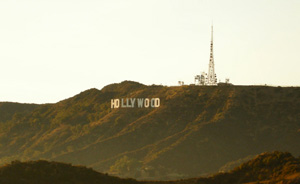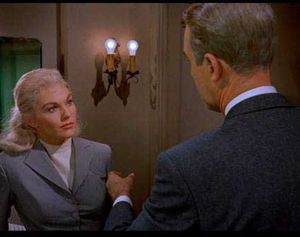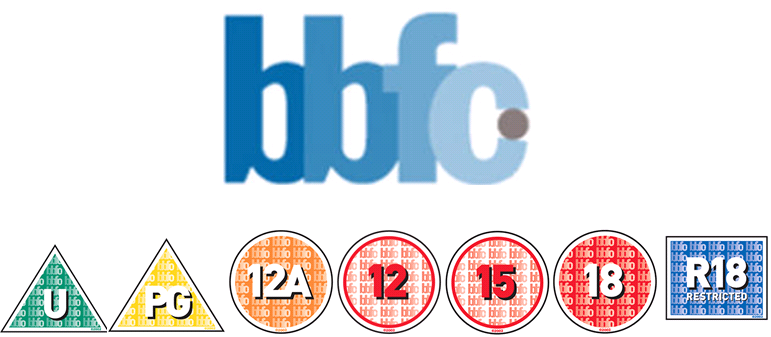Comparison of a thriller
Alfred Hitchcock’ s psycho is based in the time period of the 1960’s it is presented in black and white which even though they had the technology for colour, they used this to help give the effect of tension build up and give a much broader suspense effect for when it came to key scenes though out the film. We are given many different circumstances within the film which is focused on one of the main characters of the women whom’s story we follow throughout a big part of the film. There is one particular part of this film which I am going to focus on and it is quite possibly one of the most famous scenes. The shower scene in this film is perfectly present by achieving suspense and tension throughout the build up to this particular part. We are given a setting with the women we have followed up to this point to wear she is in a motel talking to the owner in a smaller office having some tea. Throughout this we keep getting a close-up/medium shots of a conversation between the two with these shots we are able to take in the true emotions of each character with one being un-sure of the other when on the other hand the other seems to be I bit of staring into air and not quite clear as to what this conversation will lead to. This particular part helps to build tension between the two characters and dwells this upon the audience. Not long after this we are shown a shot of the woman getting into the shower and little to the audiences awareness she is then attack by a darkened figure which appears to be hooded and in a dress. This adds a sense of mystery to the film as in leave the audience when this high built suspense of not knowing what could have happen to this woman and you haven’t got enough information. This key as it grabs the audience wanting to know more and go into depth with what the outcome could be. A film which is similar and same genre as psycho would be no country for old men, in a way the two films are very similar but however the charactistics and what the director wants you to feel is completely different. In no country for old men (directed by Joel and Ethan Coen) the movie is set in what appears to be a western time period of cowboys or when this time was coming to an end, it starts of by setting the scene with a man being arrested, there is no music though-out this point which helps set the atmosphere to the scene. The man is a tall and dark character that is found with a gas tank and a hand held device attached to the end of it. The next shot we are should is of the police man in a medium shot where he is shown on the phone asking what he should do with this man. We can see as this is going on the dark man doing something we are unaware of this is until he begins to walk towards the police officer, this helps to build tension and it leaves the audience wondering what possibly could happen next. This is perfect as it will automatically get the audience wanting to know more of the situation because this sets the scene as to what the rest of the movie has in store, however with psycho it does the complete different it takes a lot longer for the story to get a clear view on what is going to happen next and this can lead to the audience weary as to how long it will take to get to the point, however you can argue the fact on the time both of these films where made as one is quite dated and as to the other it is quite up to date (times change). Taking lives directed by D. J. Caruso is another excellent thriller genre film which easily grabs the audience’s attention in ways which may seem to be disturbing to others. The scene is set with a opening shot on a average male perhaps middle class on his way home, however his train which he was meant to get is cancelled. We are then introduced to what appears to be a soldier of some kind, who tells us he has jumped out from the training program. We are given a panning shot where the two are looking for a car to hire, with the series of close-ups and medium shots we are able to tell that there is something wrong or something is about to happen which in the end gives the atmosphere of suspense. After which we are given a time elapse where there on the open road, with the panning shot of which where there car breaks down, then a close-up is presented of the long haired man and with a a sharp look in his eyes, this build tension as we are un-sure of the situation, this is helped to be put across by the fact the non-diegetic music is one of a low key and low beat it help to dwell on the audience giving the status that something is about to happen and at this moment you get the line ‘this is the end of the road for you my friend’ and the army man is kicked out towards a on coming vehicle. This how scene is a perfect way in the film to show the build up of a thriller while still setting the atmosphere and how this film is going to be (in a way opens it to how the rest of the film may be). In comparison to no country for old men this scene is very similar to one which is in that film but there are still some difference which possibly make one stand out from the other, for example no country for old men has no music through out the whole showing. This can give the appearance that the film is a lot more powerful in what it does and by the various shots given it helps it in the long run as it keeps the audiences focus and concentration on one thing other than on a load of other things such as music and effects. However you can argue that the fact of having non-diegetic sound can help to make the scene or film a lot more interesting as it can also make people relate certain sound tracks to one part.


.jpg)






















